

Max Davies
How Audi, BMW, Honda, Mercedes-Benz, and Suzuki started out in Australia, and where they are now
14 Hours Ago

Journalist
Everyone’s playing product manager right now because the pricing of the new Toyota Yaris has caught everyone’s attention, but not necessarily in a good way.
So now is a good time to jump back through time to have a look at all the Yaris and Echo models that have come before it, as well as a few – okay more than a few – derivatives that never made it to our shores.

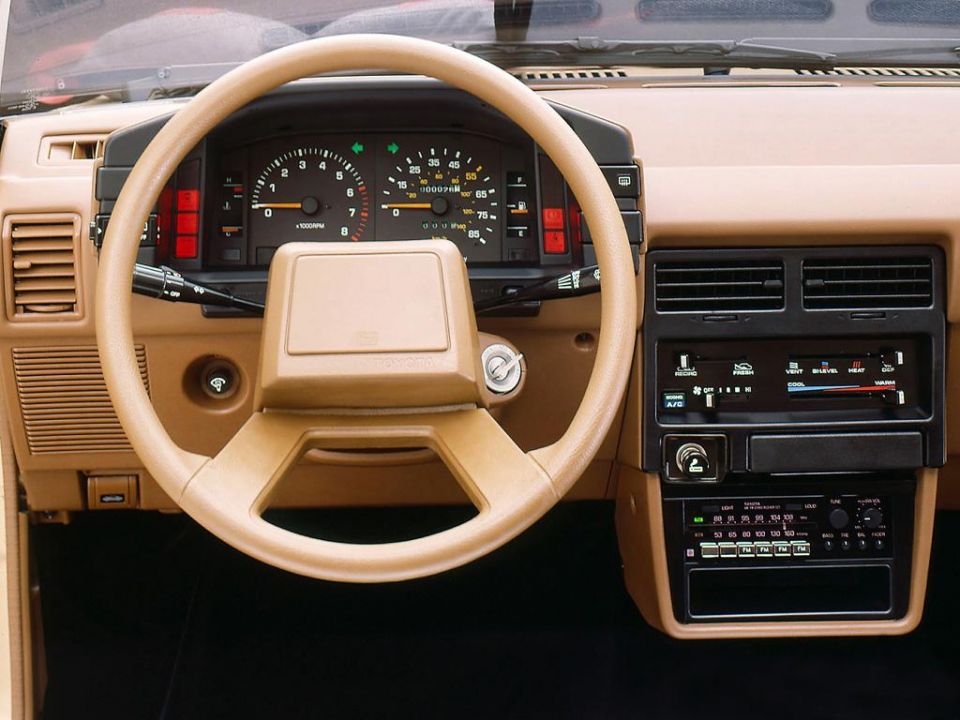
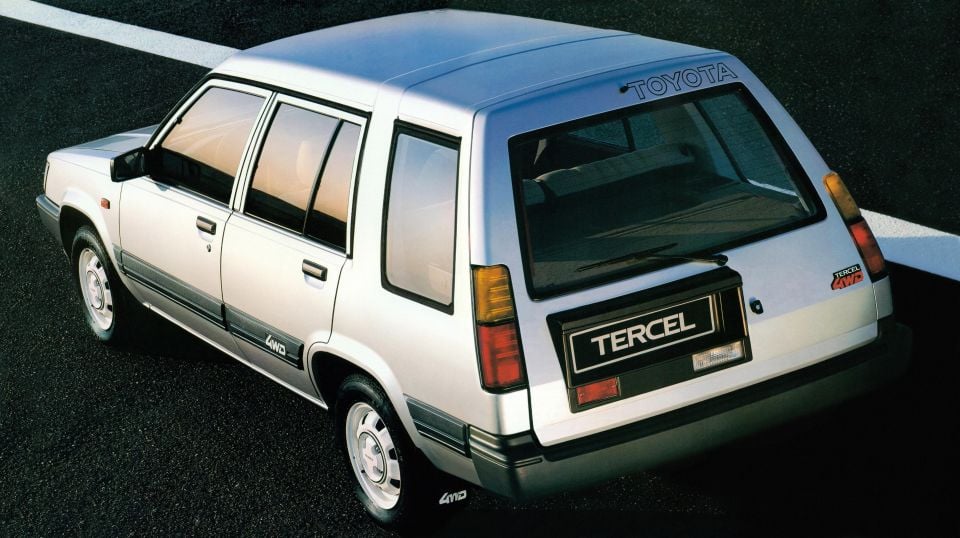
In the ’80s and early ’90s Toyota Australia brought in a few vehicles smaller than the Corolla, namely the Tercel wagon and Paseo coupe.
The Tercel wagon sold here between 1983 and 1988 was around the same size as a contemporary Corolla hatch.
Not only was it fully imported, but it was sold exclusively with four-wheel drive, a 1.5-litre four-cylinder petrol engine, and a five-speed manual.
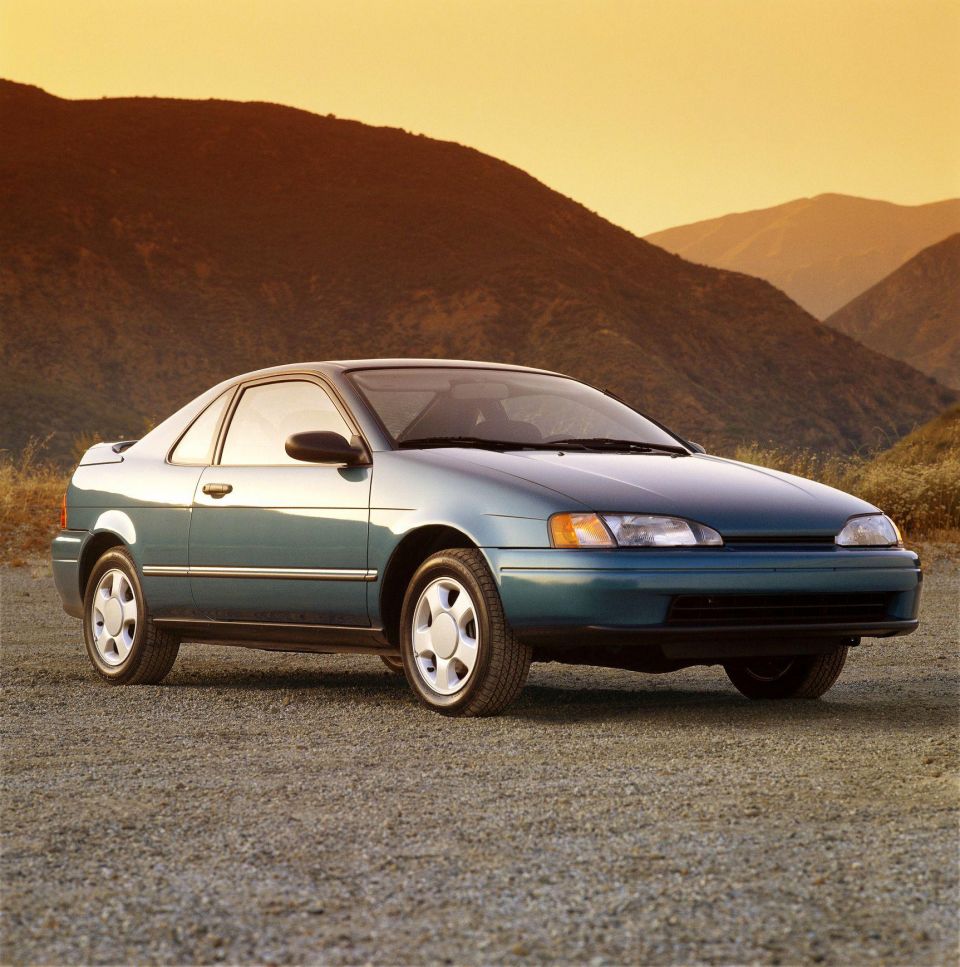
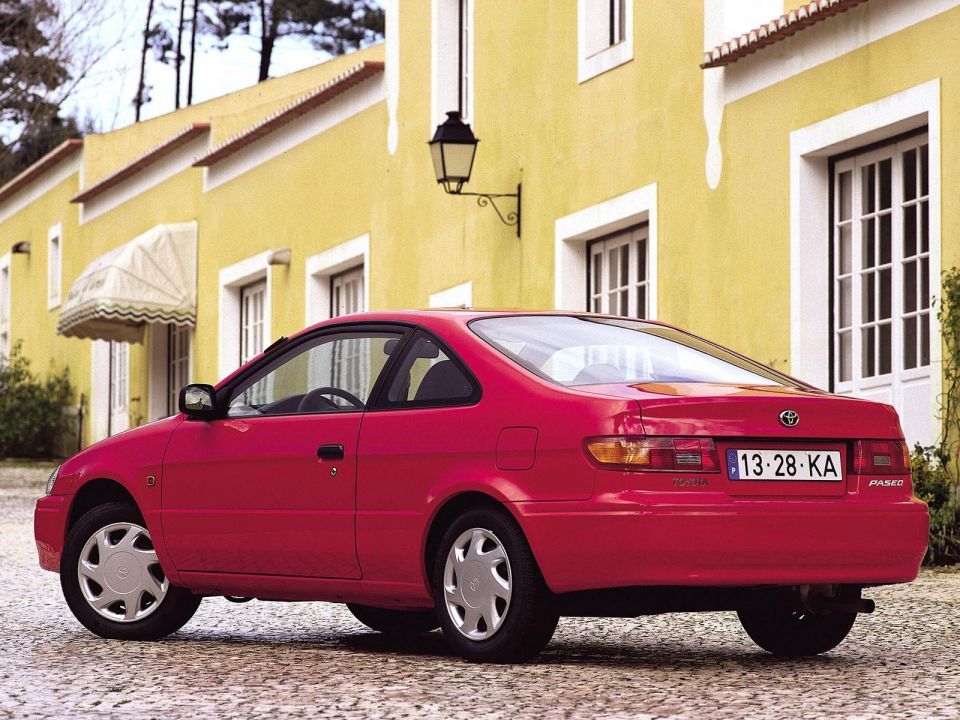

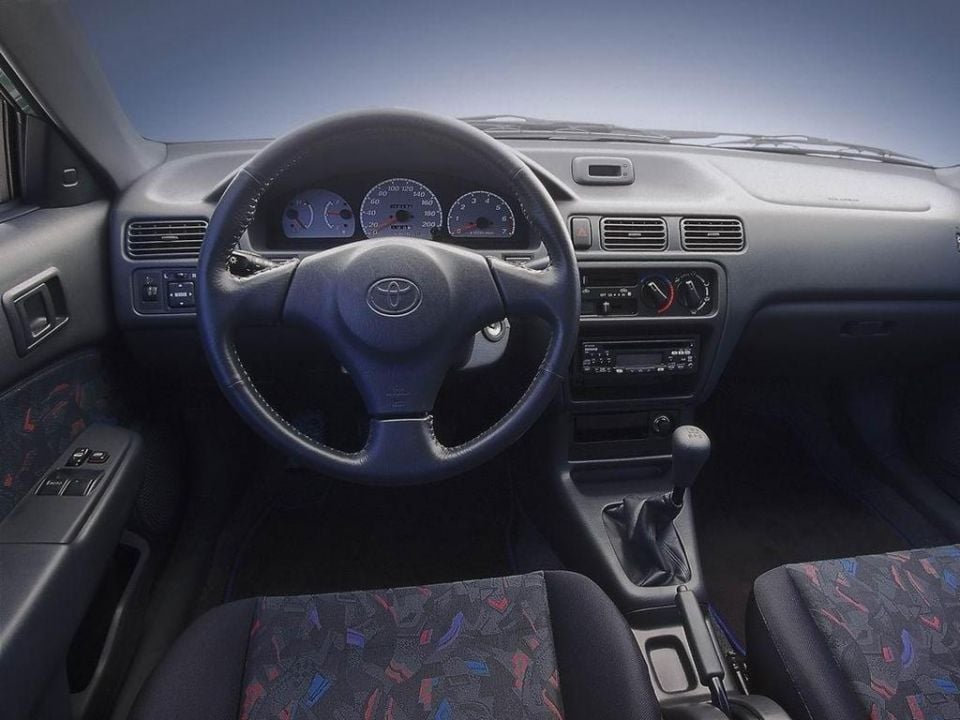
As for the Paseo, it was available across two generations between 1991 and 1999.
The coupe married a moderately sporty body with Tercel/Starlet underpinnings and a 1.5-litre engine with around 70kW.
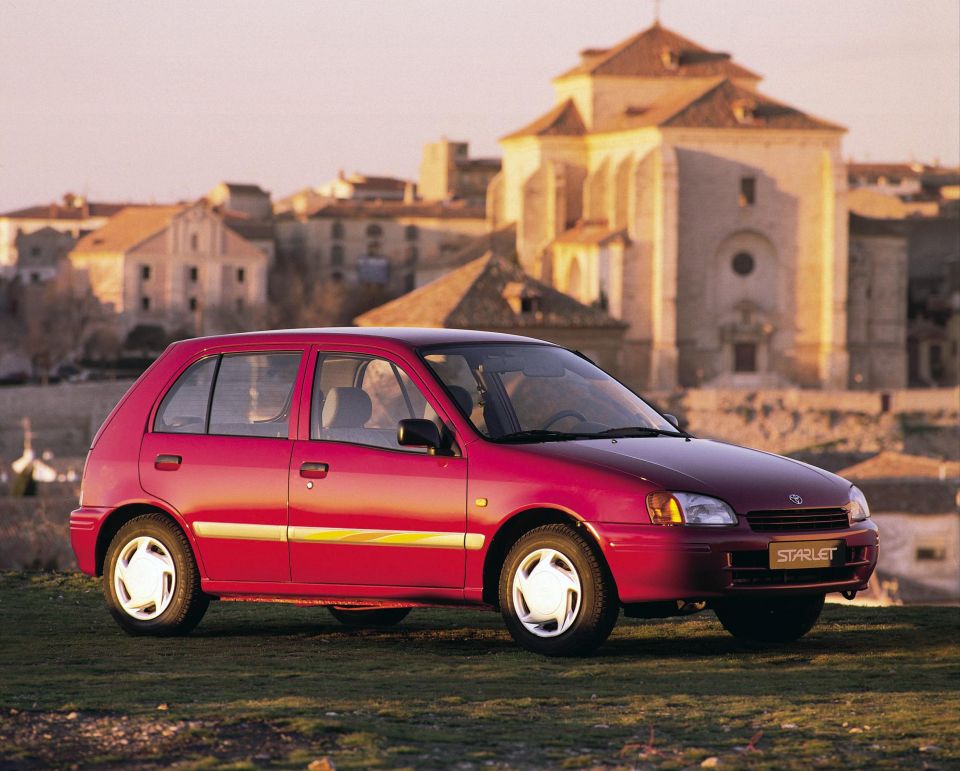

Dimensions: 3750mm long, 1625mm wide, 1400mm height, 2300mm wheelbase Engine: 55kW/112Nm 1.3-litre four-cylinder
Although the Starlet was launched in 1973 in its homeland, Toyota Australia didn’t bring the model Down Under until 1996.
Its introduction in Australia could be laid at the feet at the Ford Festiva and Hyundai Excel were selling up a storm for most of the early- and mid-1990s.
While the South Korean-made offerings sold up a storm thanks to their mix of decent equipment levels and youthful looks, the Starlet traded solely on the Toyota name and its reputation for bulletproof reliability.
Equipment was sparse, and the car was available with either a five-speed manual or a three-auto, even though most of its competitors were already using four-speed units.
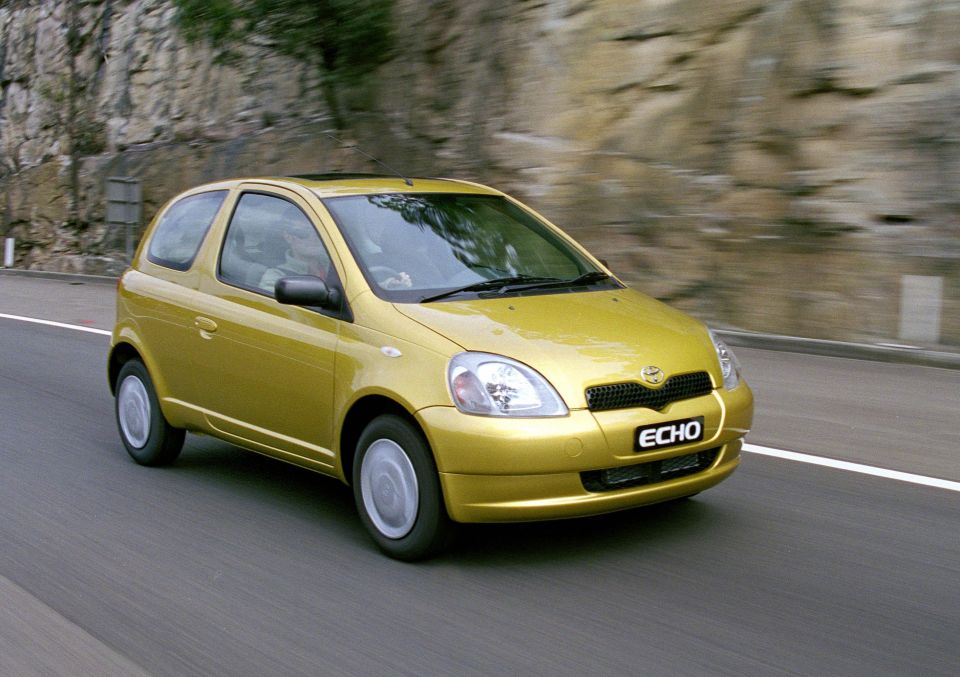

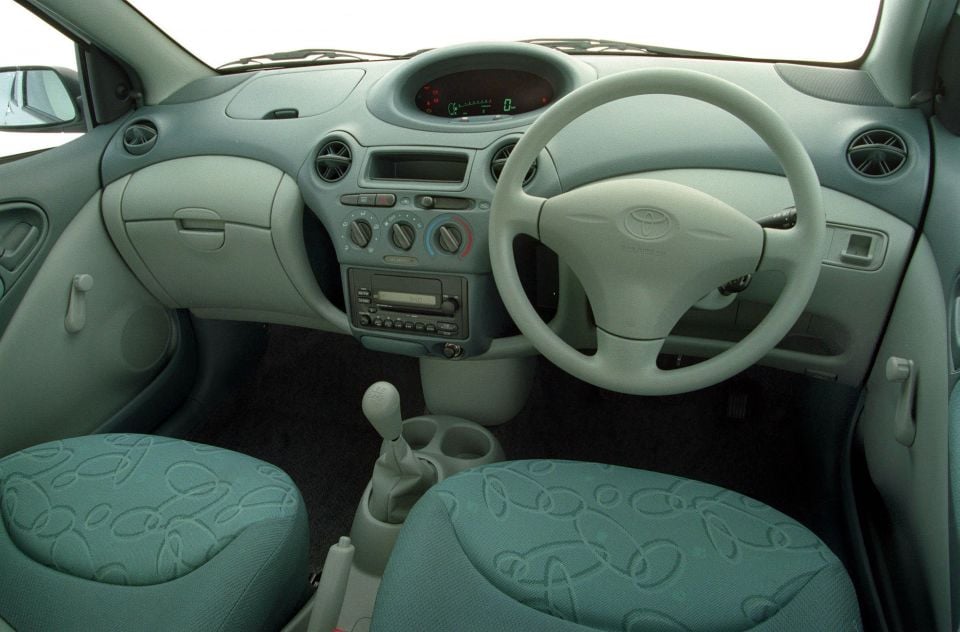
Dimensions: 3615mm long, 1660mm wide, 1500mm height, 2370mm wheelbase Engines: 63kW/122Nm 1.3-litre four-cylinder, 80kW/141Nm 1.5-litre Starting Price: $14,900 (three-door manual 1.3-litre), $17,490 (five-door manual 1.3-litre) Also known as: Vitz (Japan hatch), Platz (Japan sedan)
For Australia, the USA, and Canada, the first-generation was sold as the Echo because Toyota thought Yaris was too odd to pronounce.
Knowing it had to add more cheer to its entry-level model, Toyota selected a design from its European design centre for its “new basic car”.
While Toyota had been making the family-sized Carina E in UK since the early 1990s, the Yaris was the company’s first serious attempt at the Fiesta-class, and the automaker constructed a new plant just for it in Valenciennes, France, right near the Belgian border.
With its 1.5m height, the Echo was taller than its European contemporaries, such as the Ford Fiesta and Peugeot 206. This, along with smart packaging, meant there was plenty of space inside even for taller folk.
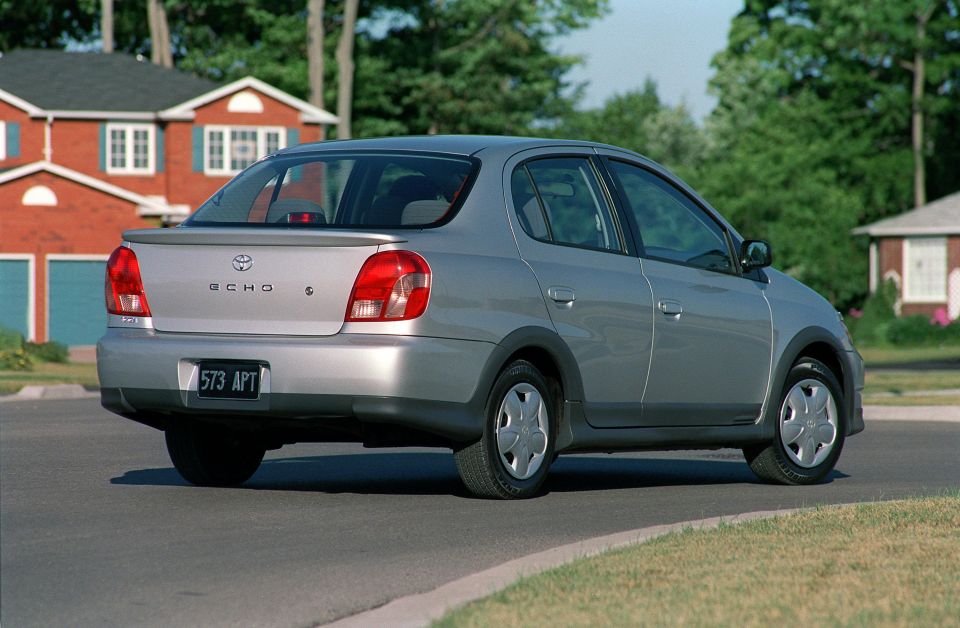

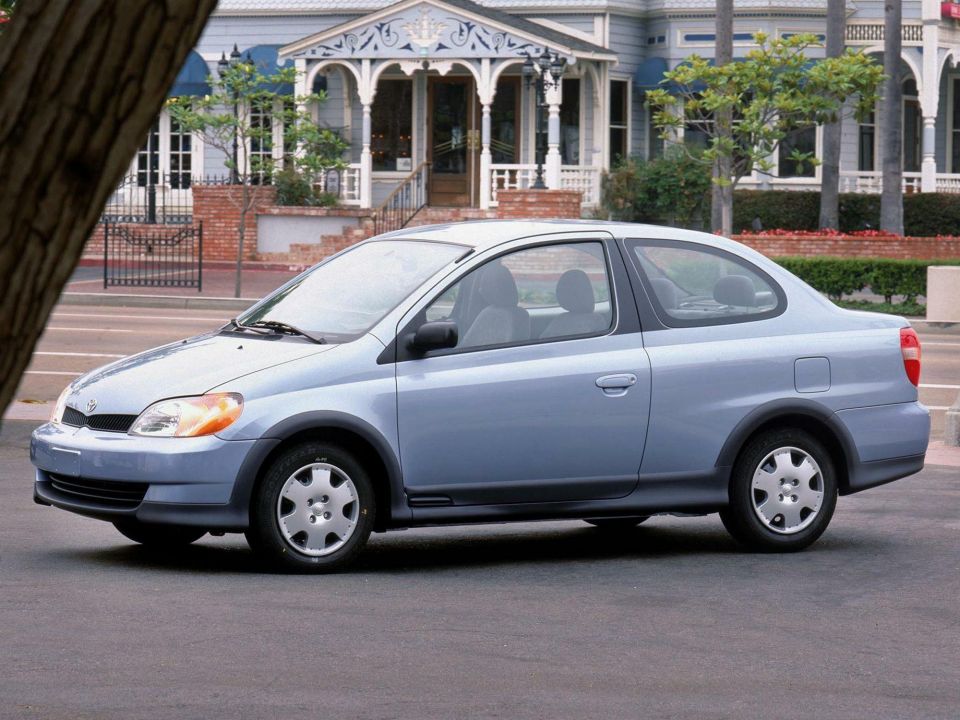
In addition to the mould-shattering exterior — for Toyota at least — the Echo had an unusual cabin with a centrally-mounted instrument binnacle. Many versions were sold with a digital speedo and rev counter combo.
The Echo/Yaris hatch could lay claim to being one of Toyota’s most characterful vehicles at the time — not exactly high bar, mind — but the sedan took the winning formula and grafted on a box at the rear.
For extra points on its crimes against style ticket, American version also featured black wheel arch protectors. There was also a coupe version for those incredibly poor of vision.
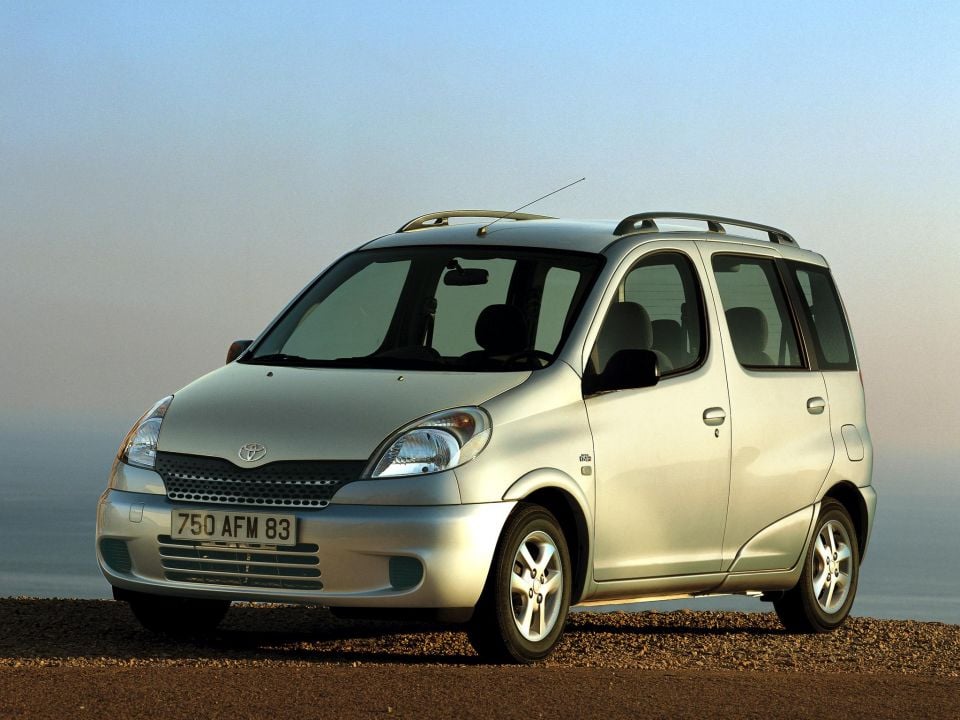
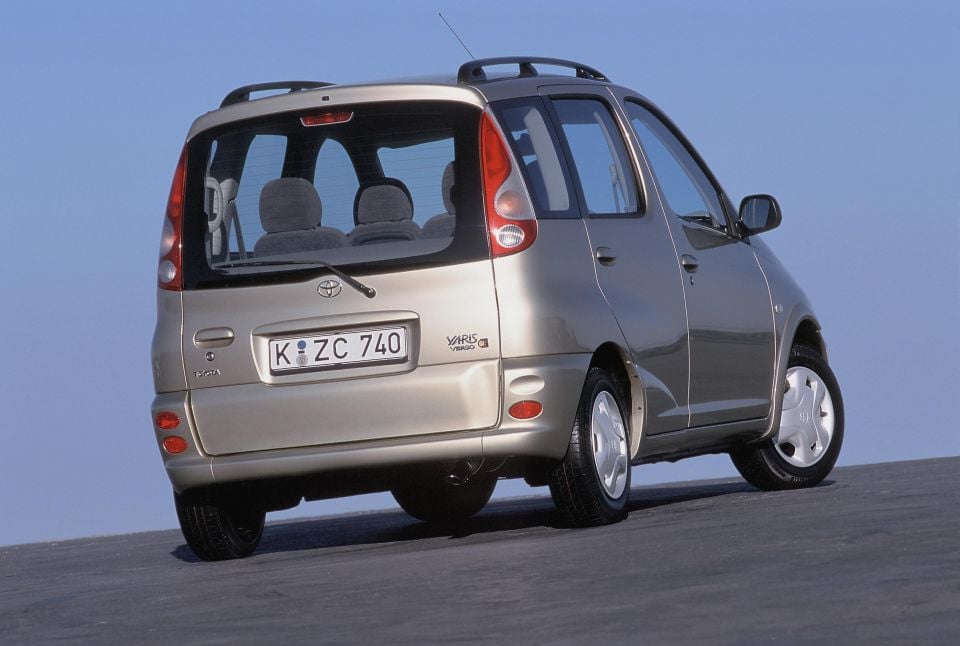
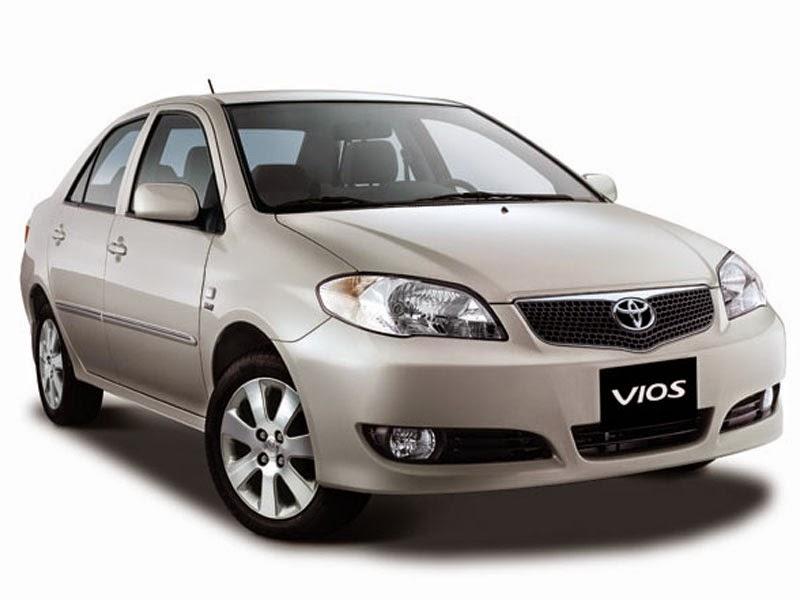
While the Echo was pretty wild for Toyota Australia, its architecture would serve as the basis for a number of off-the-wall models, which never made it to Australia.
Only one, though, made use of the Yaris name: the Yaris Verso. Like the Avensis Verso which was sold in Australia, the Yaris Verso took the basic design of the Yaris hatch and made it a lot taller.
While the body was unique and spacious, the end result was a little too quirky for the buying public.
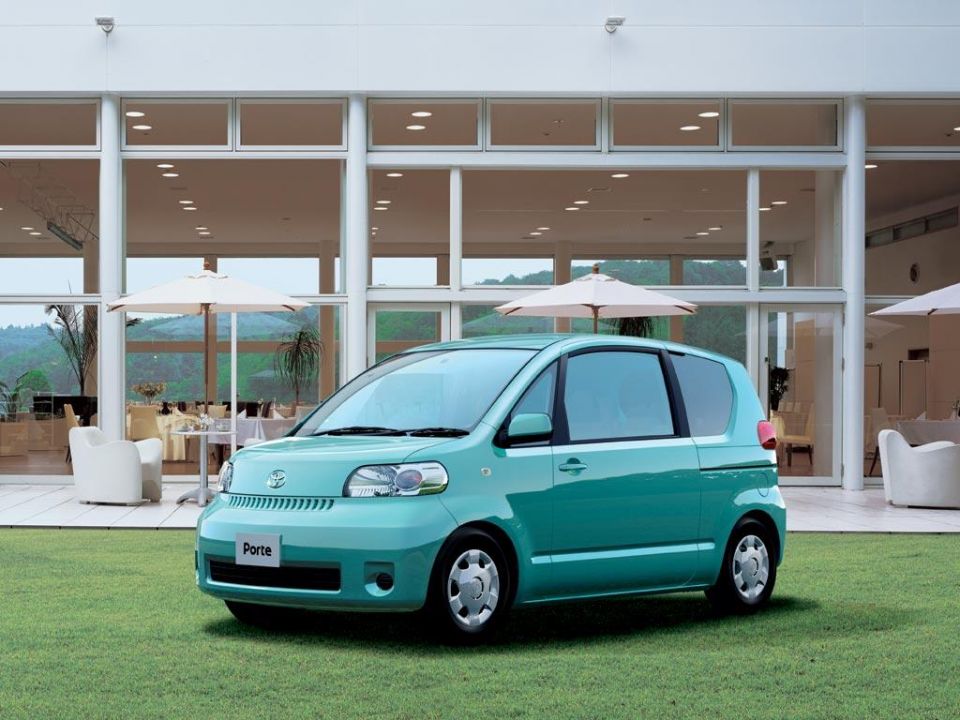
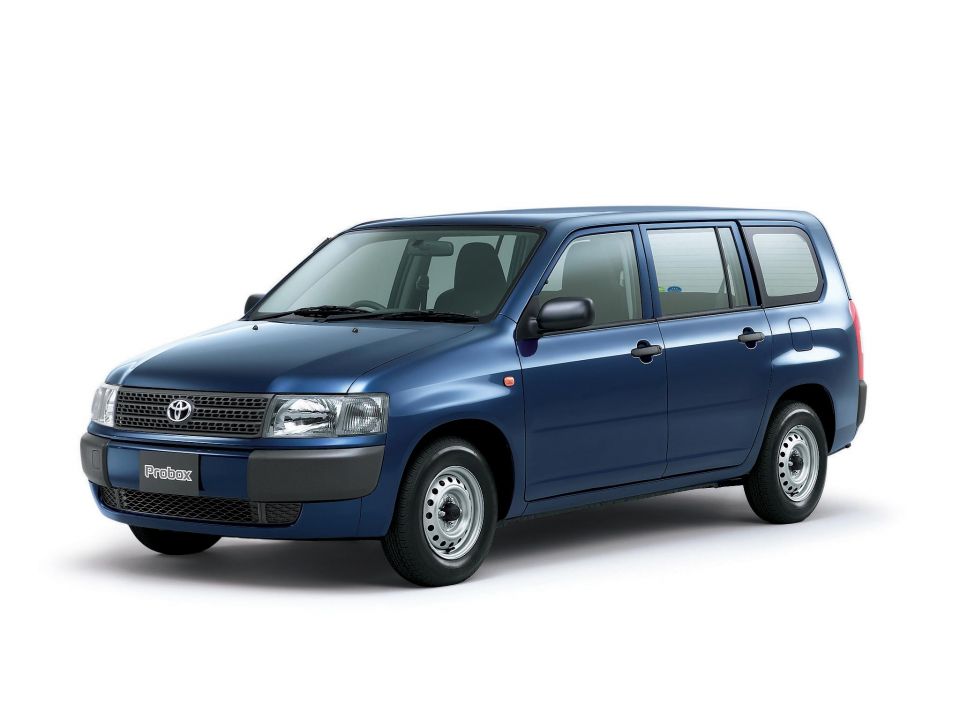
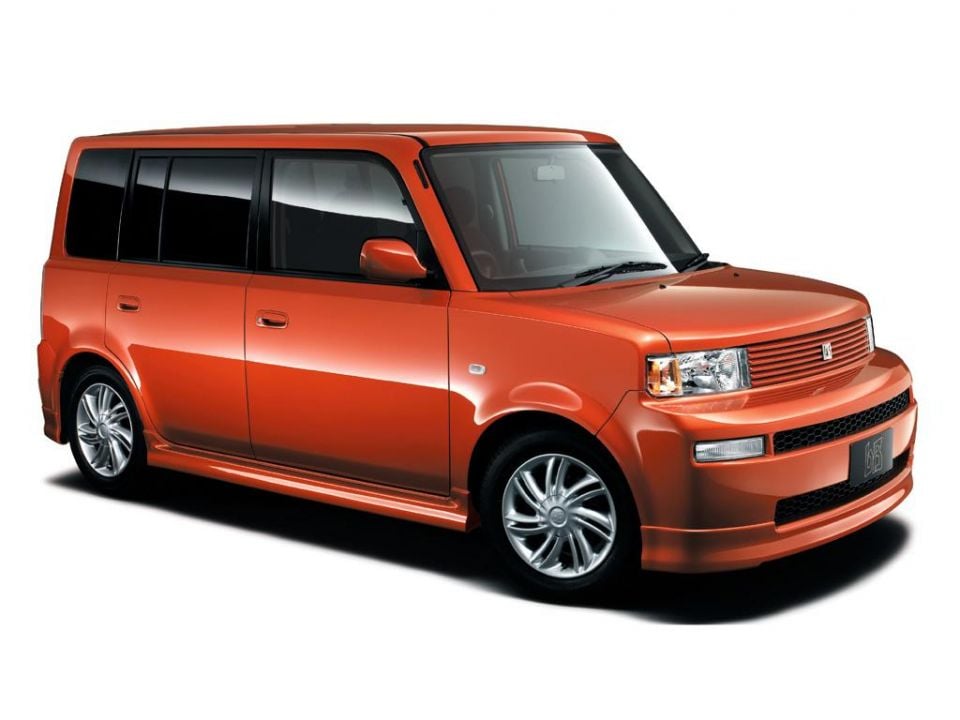
Other distinctive derivatives included the Porte with its sliding passenger door, the Probox van, and the bB, which scaled up the boxy kei hatch design to a different size class.
For the youth-focussed WiLL brand, which sold everything from beer and chocolate to computers, fax machines and microwaves, Toyota whipped up the retro-themed WiLL Vi and cyborg-inspired WiLL Cypher.
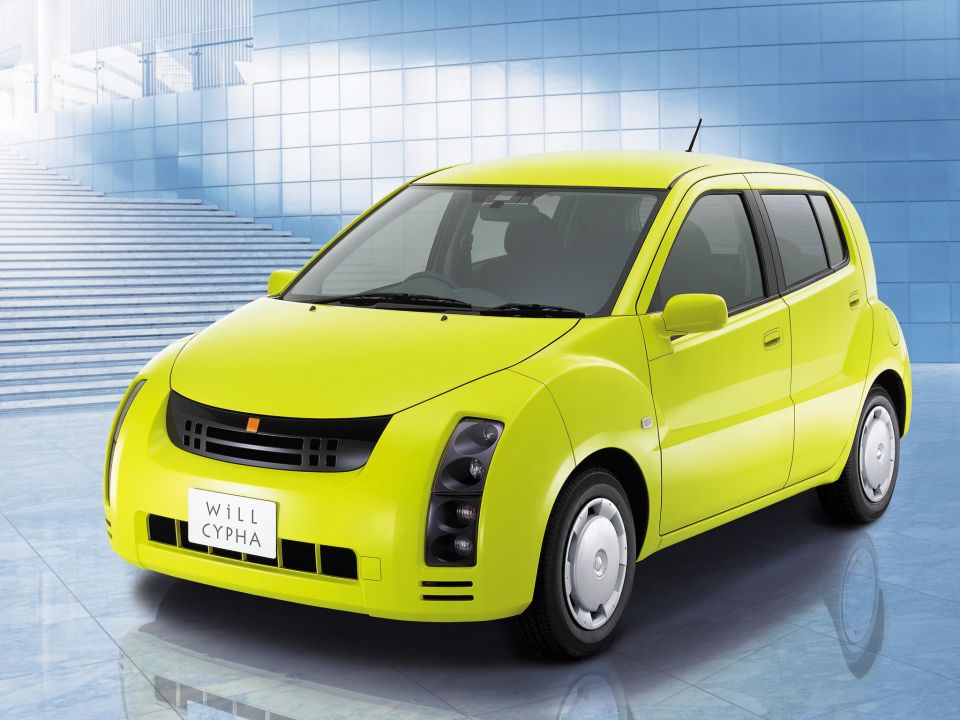
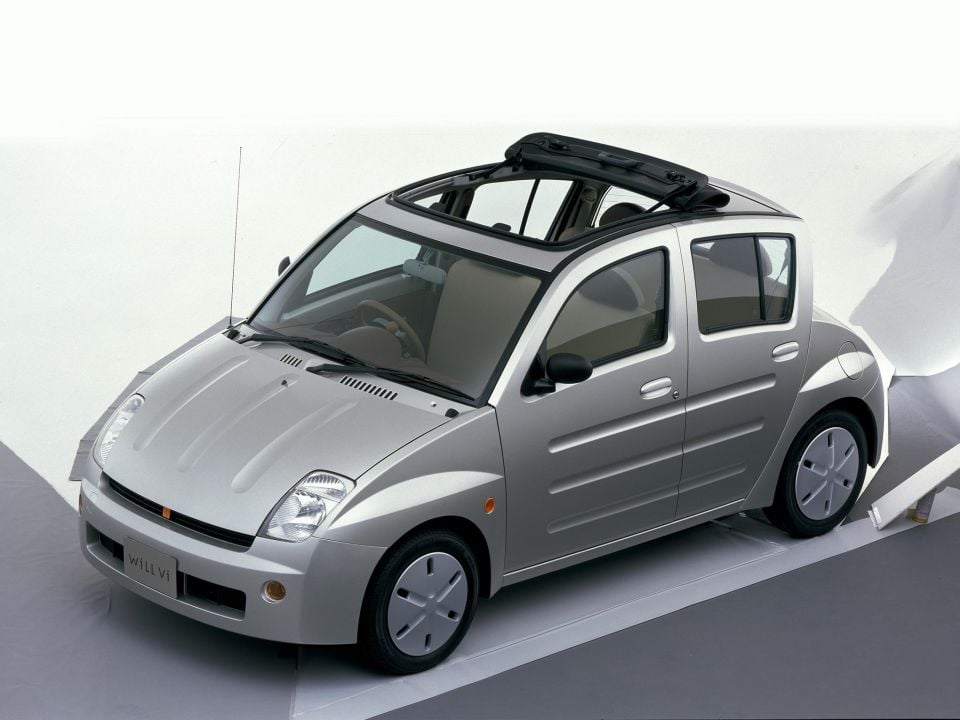
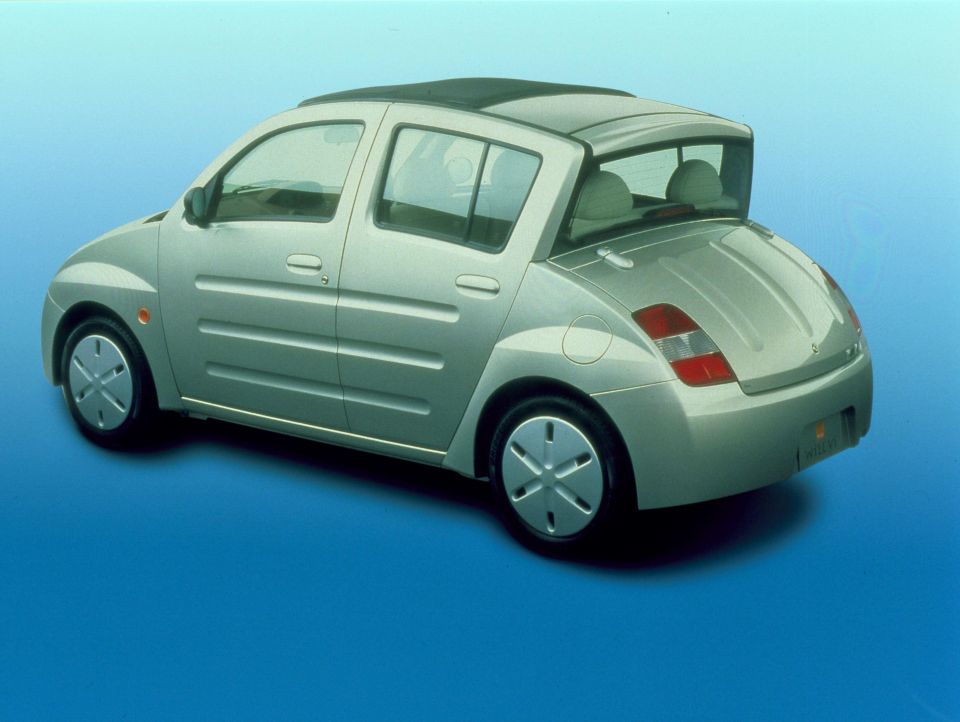
The Vios, on the other hand, was about as quirk-free as you could get.
The small four-door was a hit in south-east Asia, and at the very least proved it was possible to have a pleasantly-designed sedan in the Echo-class.
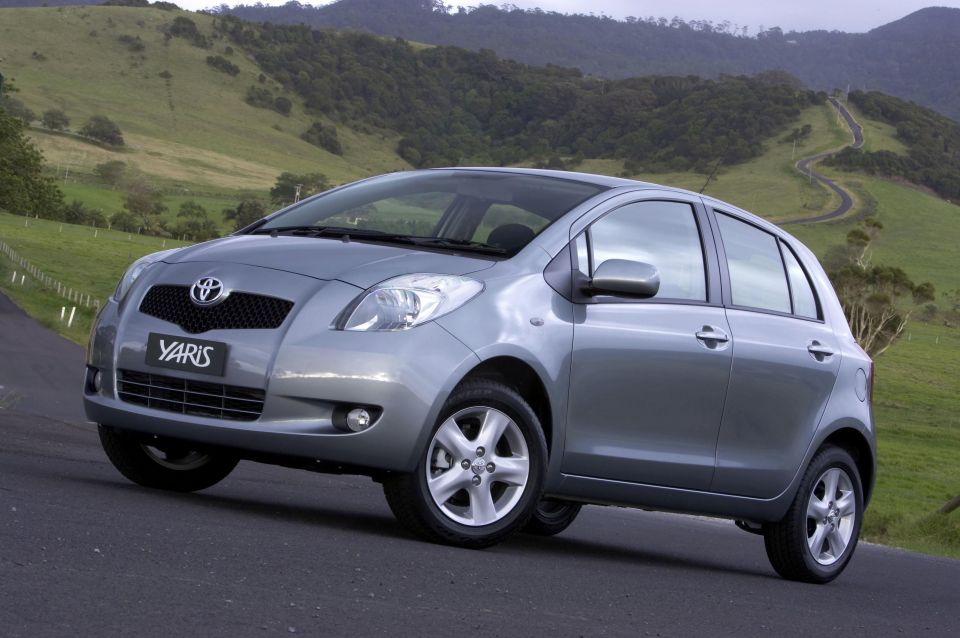
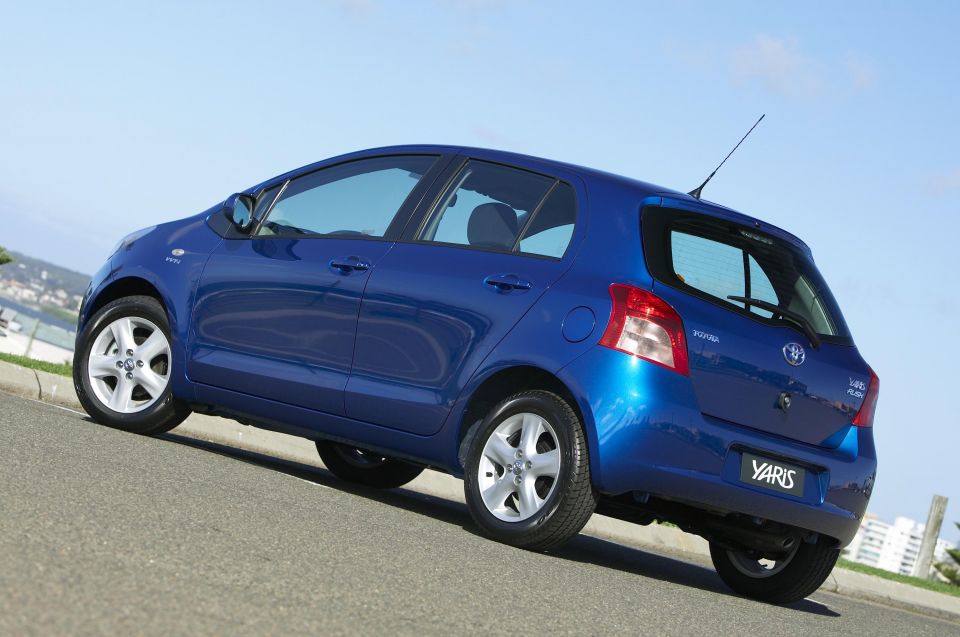
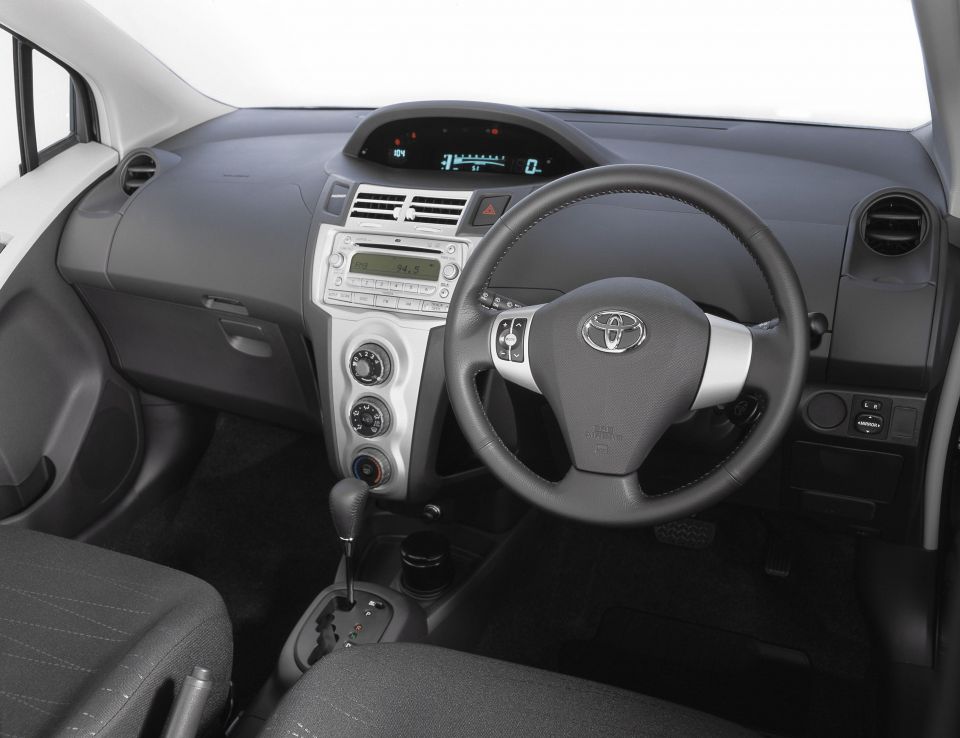
Dimensions: 3750mm long, 1695mm wide, 1530mm height, 2460mm wheelbase Engines: 63kW/121Nm 1.3-litre four-cylinder, 80kW/141Nm 1.5-litre Starting price: $14,990 Also known as: Vitz (Japan hatch), Belta (Japan sedan), Daihatsu Charade (Europe)
For the second generation the Yaris grew up a little in size and gained smoother, more flowing lines.
Again available as a three- or five-door hatch, the new model retained the centrally-mounted instrument binnacle.
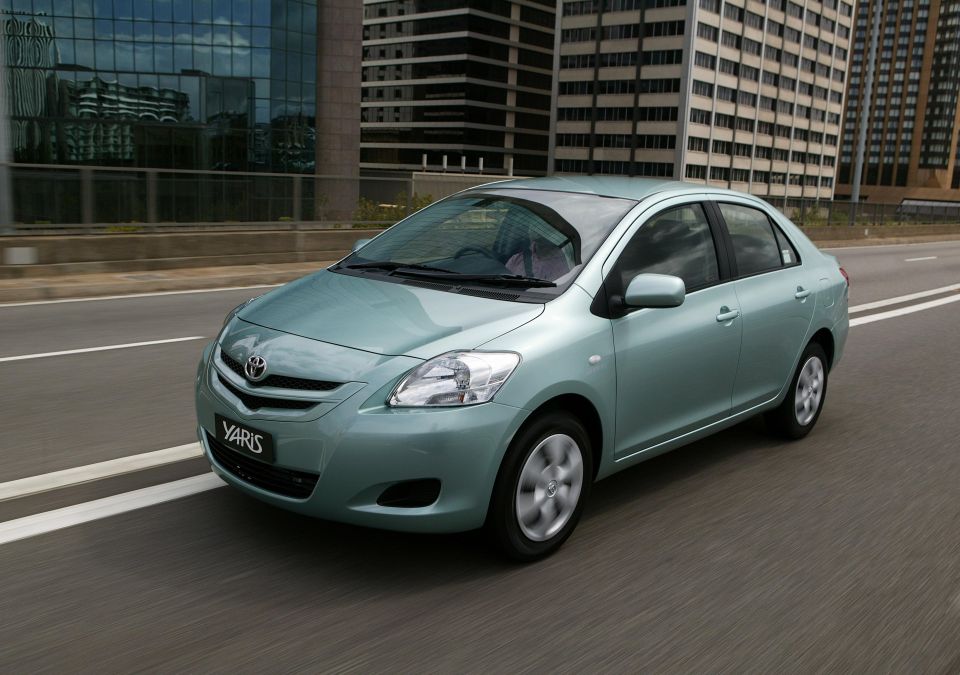
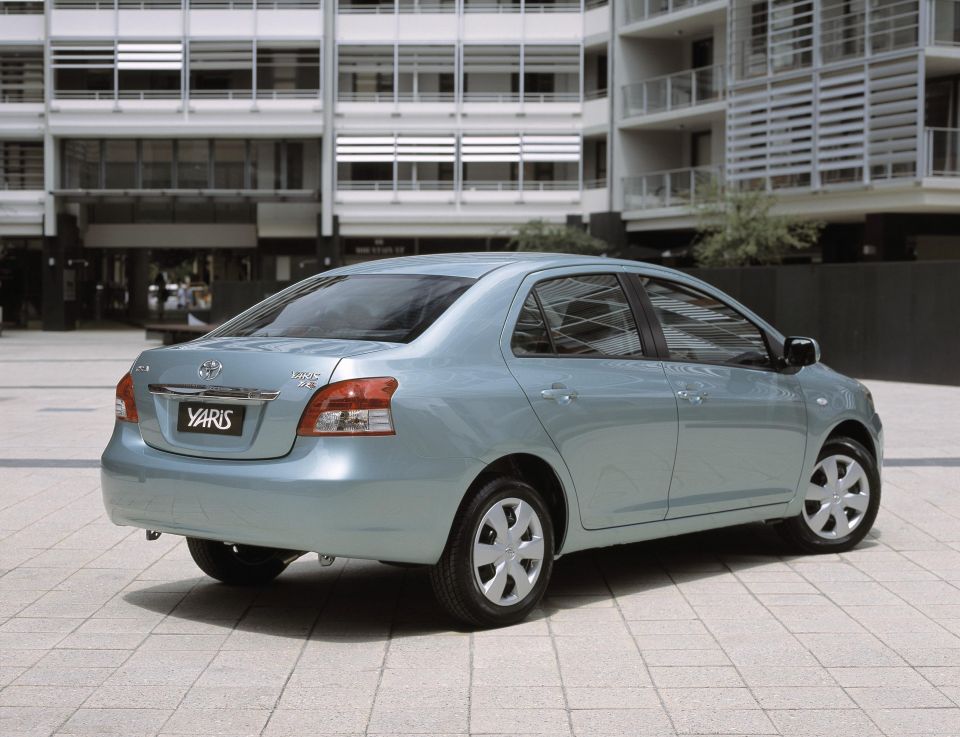
At least for the second generation, Yaris sedan wasn’t slapped seven ways from Sunday with the ugly stick.
Like the first-generation model, the Yaris sedan has a unique set of exterior body panels.

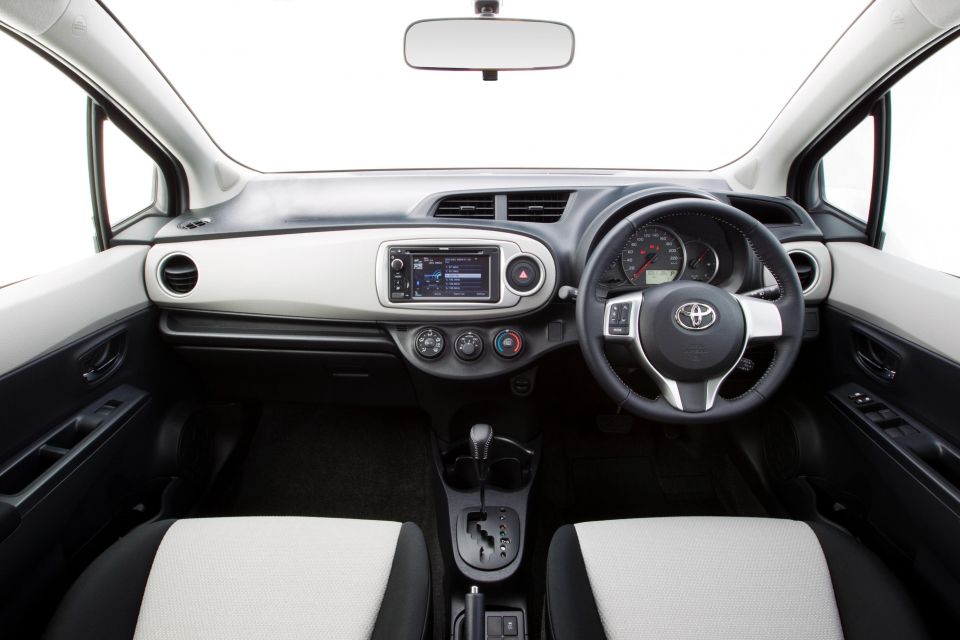

Dimensions: 3885-3945mm long, 1695mm wide, 1500mm height, 2510mm wheelbase Engines: 63kW/121Nm 1.3-litre four-cylinder, 80kW/141Nm 1.5-litre Starting price: $14,390 (three-door), $15,390 (five-door) Also known as: Vitz (Japan hatch)
In production for 10 years, the third-generation Yaris we saw is easily the longest lived model in the nameplate’s history so far.
To keep it fresh(-ish), Toyota gave its toddler two facelifts. The first major update in 2014 saw the company drop the three-door from the local range.
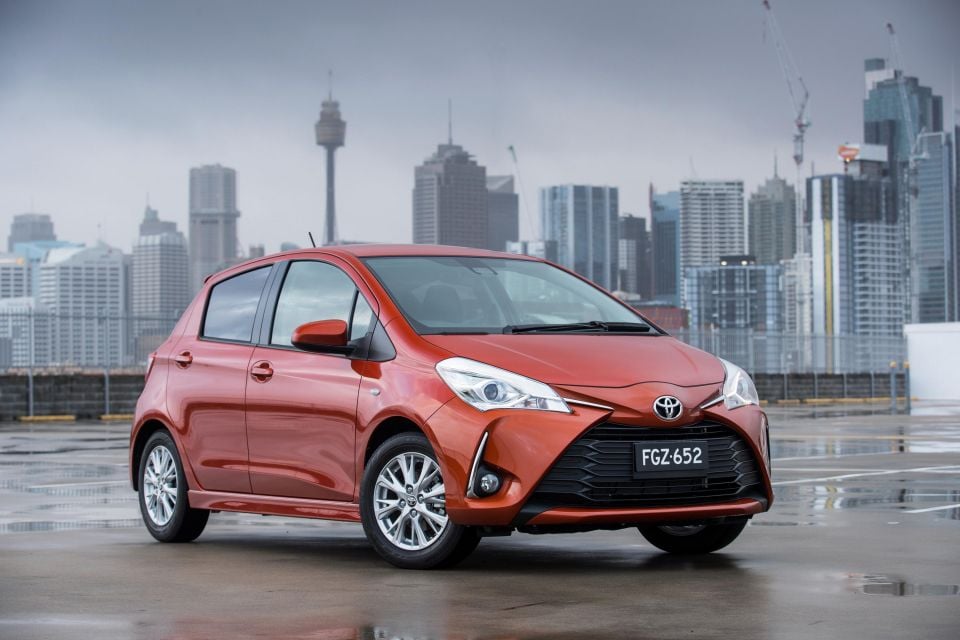

This Yaris finally saw the model switch from centrally-mounted instruments to a cluster placed in the more traditional position straight ahead of the driver. It did, however, dump the traditional two-wiper setup up front for one large unit.
While European models were available with a six-speed manual or continuously variable transmission, Australia-bound hatches were only sold with five-speed stick shifts and four-speed slush boxes.
For the first time our Yaris missed out on a contemporary sedan variant.
The Yaris did gain its first truly hot version: the limited edition GRMN sold in Europe and Japan was powered by a Lotus-tuned 1.8-litre supercharged four-cylinder with 156kW and 250Nm.
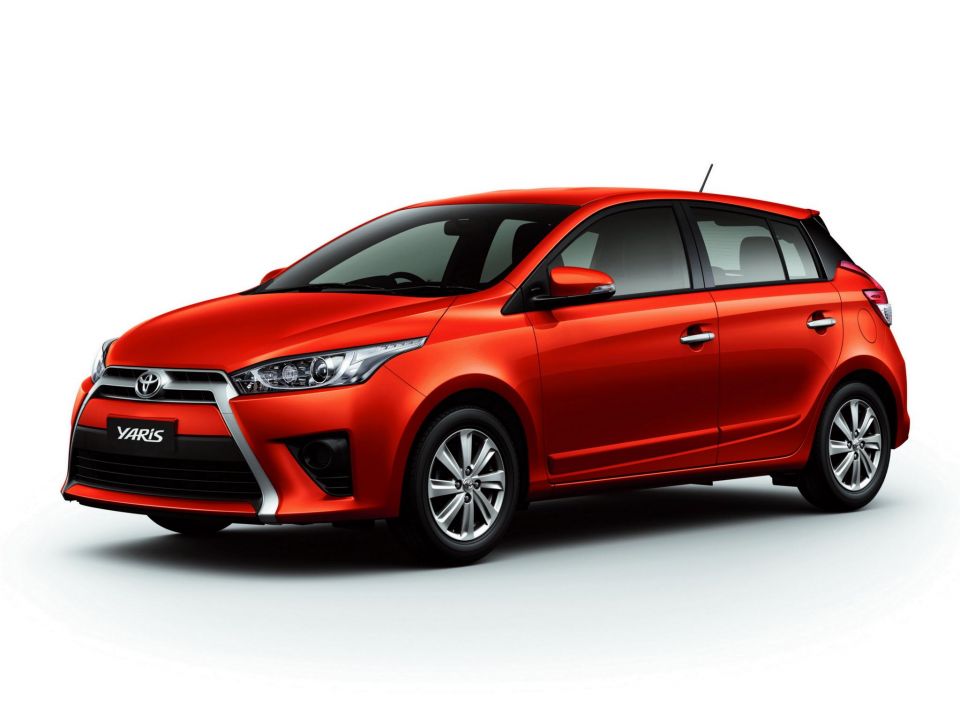
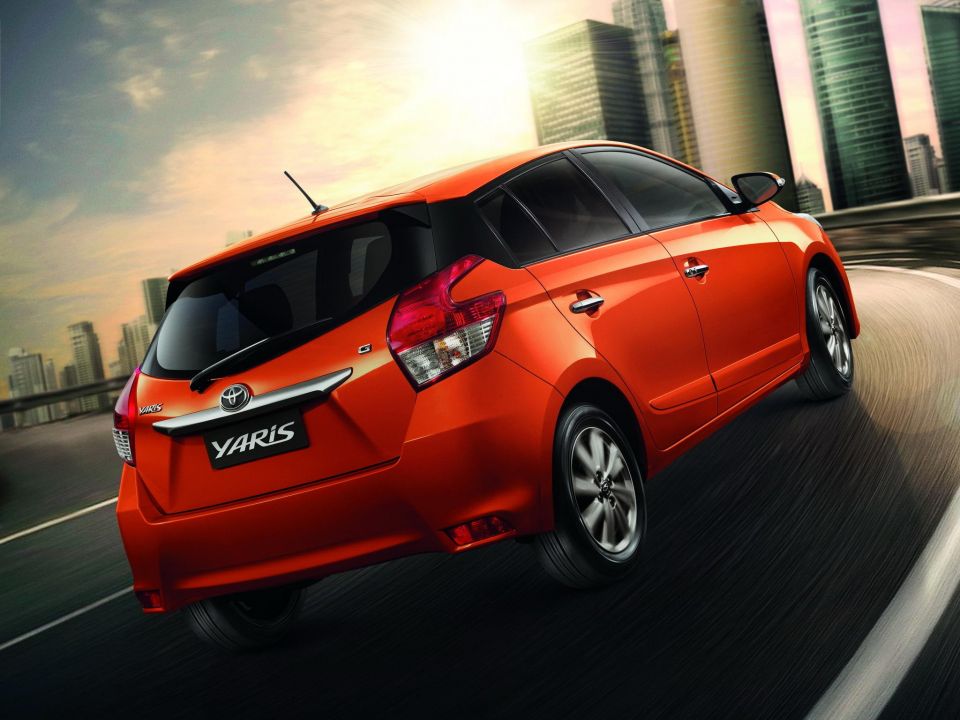
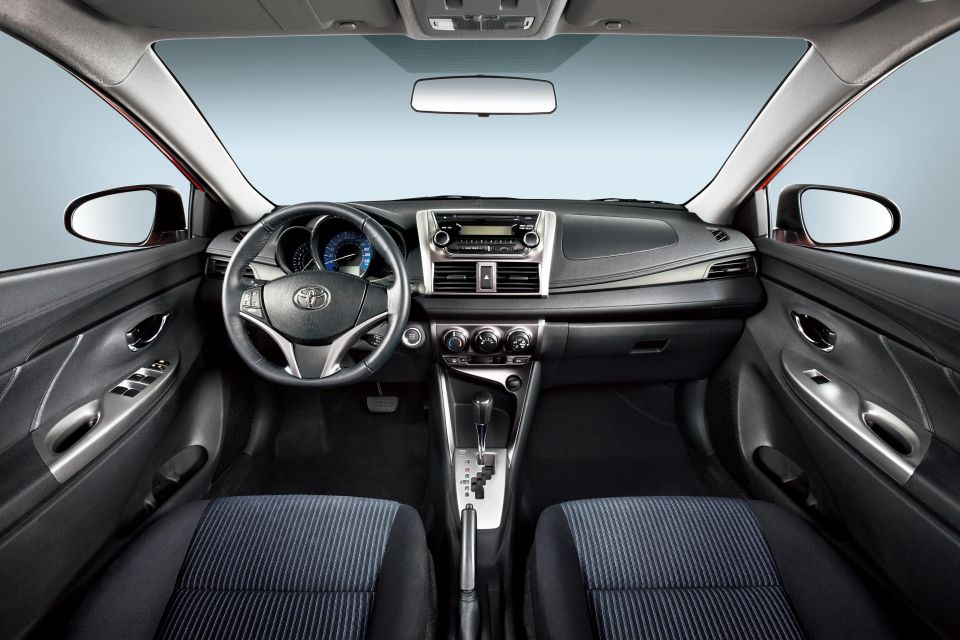
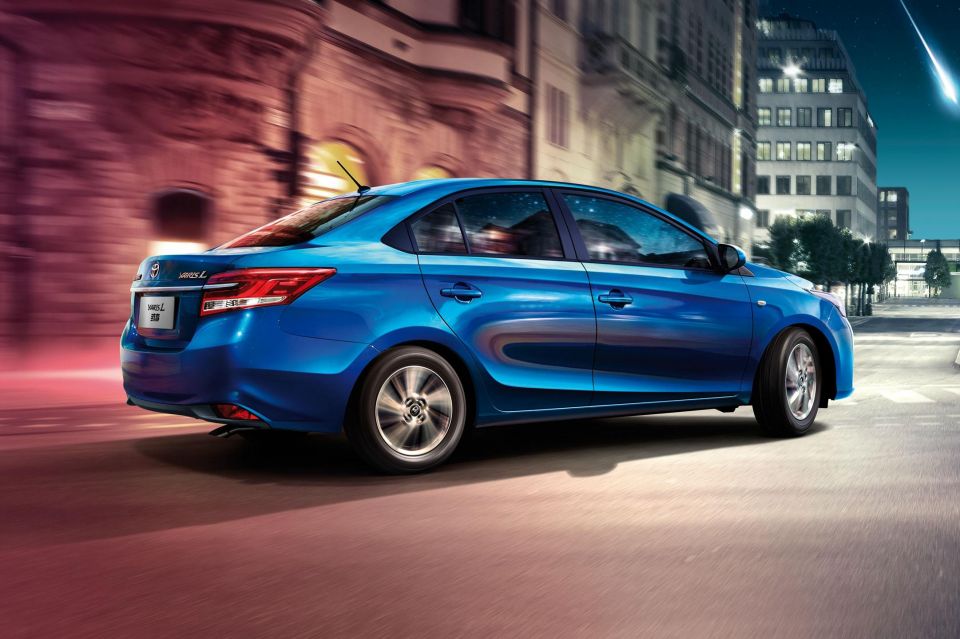
During this generation, the Yaris badge got a little complicated.
While the three- and five-door hatch we saw here was also sold in Europe, Japan, the US, Canada, and China, there was also a different, larger, model sold across Asia, China, Latin America and Africa.
This emerging market Yaris is about 4.1m, has an interesting sense of style, and a much more homely interior. It’s also available as a sedan, often using the Vios name.
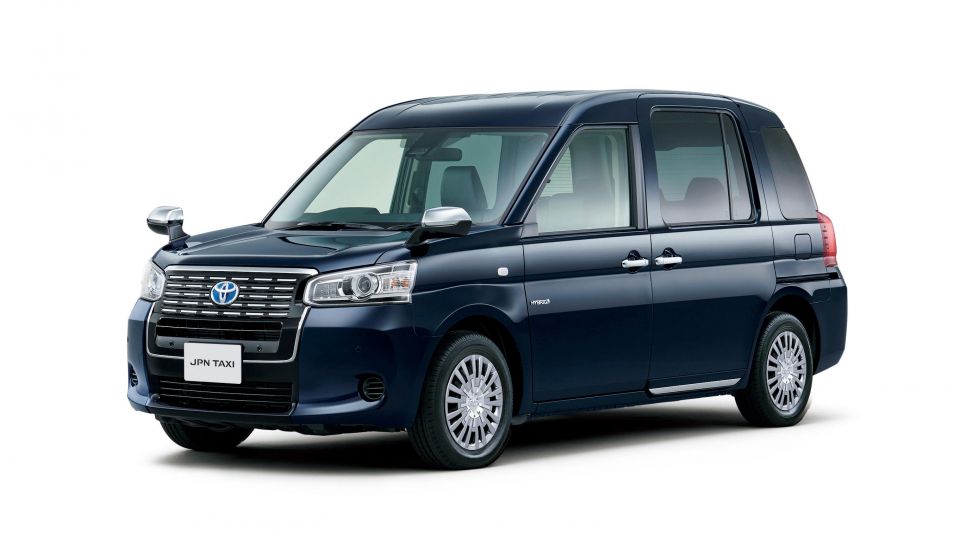
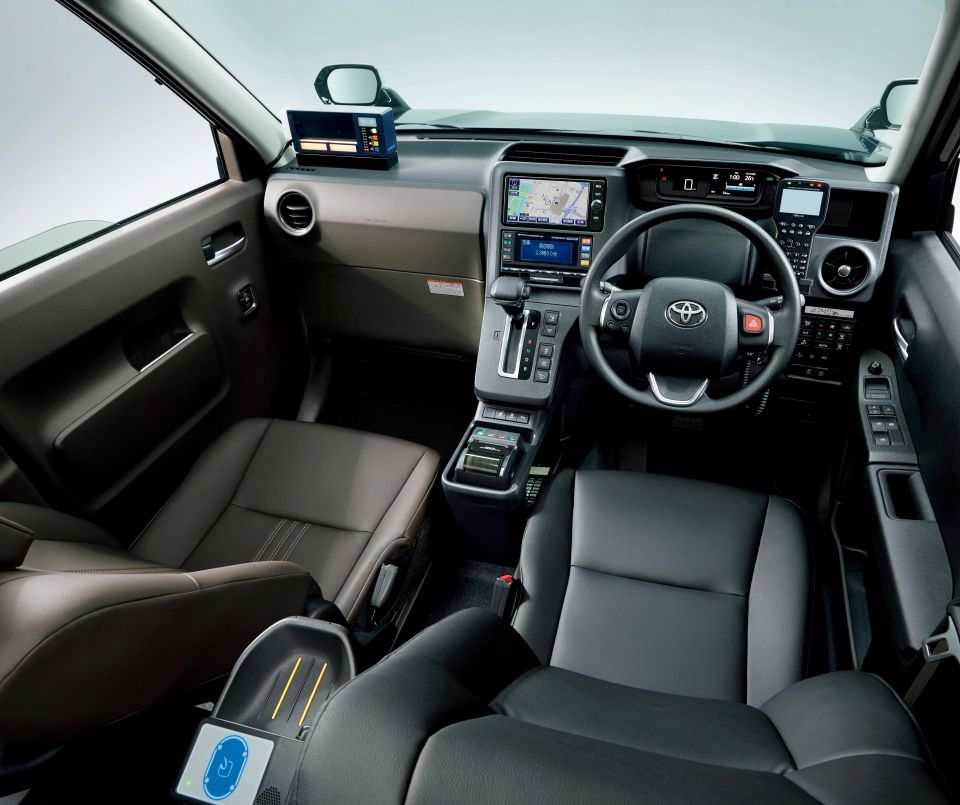
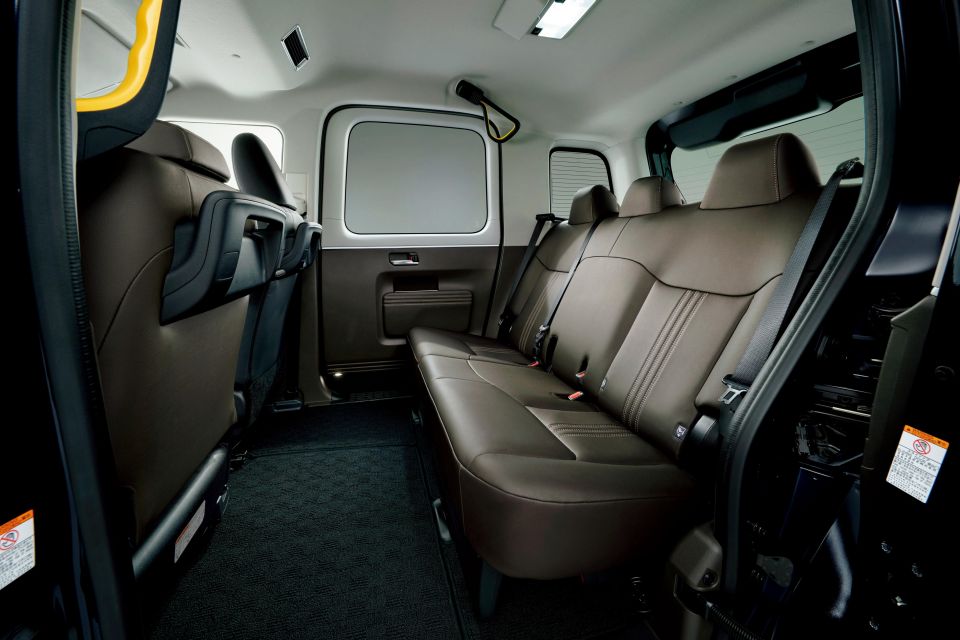
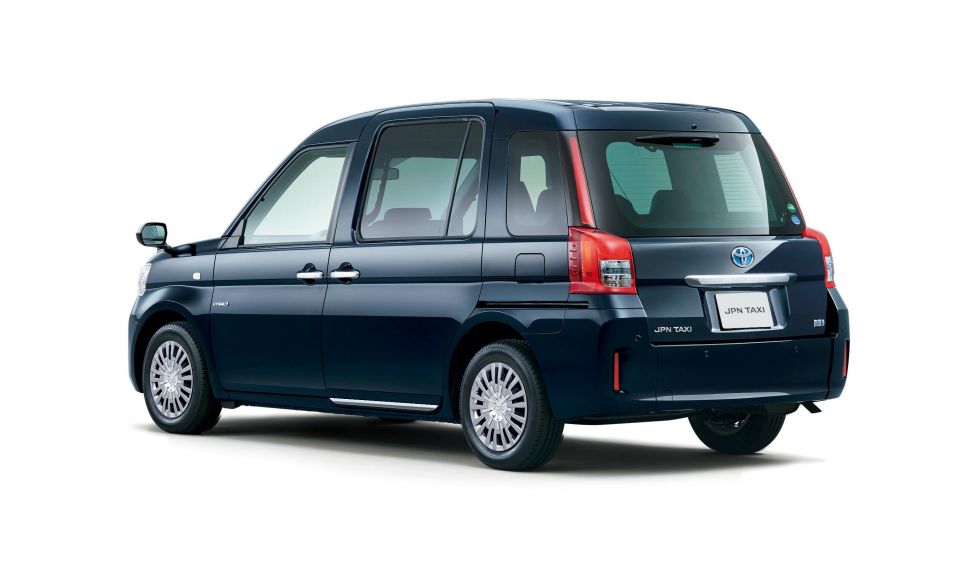
Measuring 4.4m long, 1.7m tall, and 1.7m wide, the JPN Taxi (also known as the Comfort Hybrid) overseas is spacious yet compact replacement for the company’s long-lived Crown Comfort taxi.
In addition to plenty of passenger space in back, the JPN Taxi features a sliding passenger door, a ramp for wheelchair access, and space in the boot for two large suitcases or four golf bags.
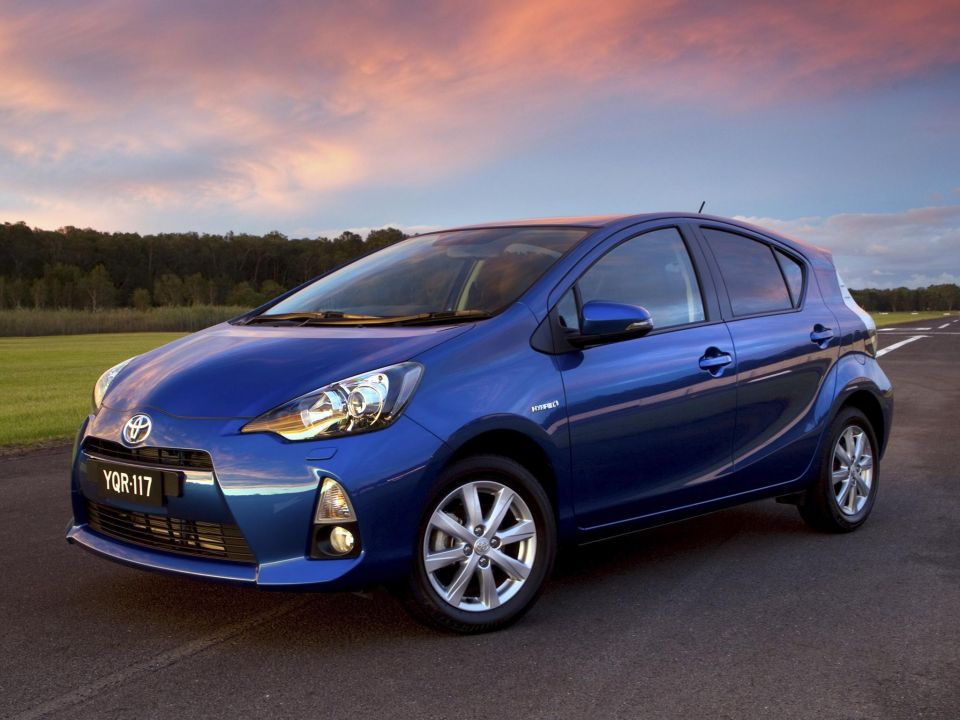
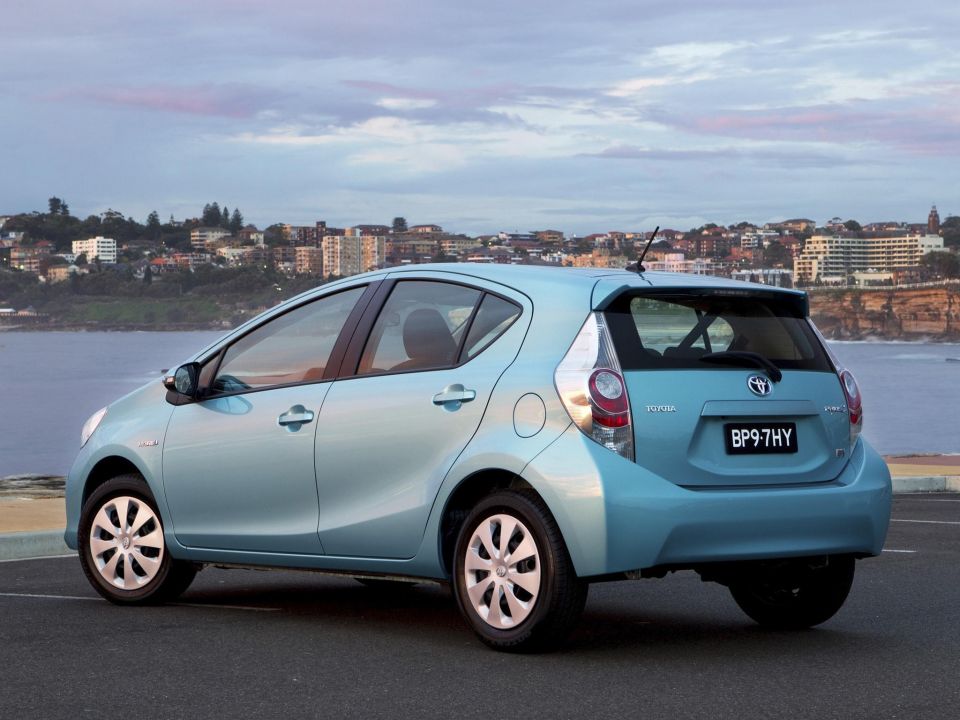

The JPN Taxi uses the same 1.5-litre four-cylinder hybrid drivetrain as the Prius C.
While the Japanese-market version, known as the Aqua, rose to the top of the sales charts, the car found less favour overseas, where Toyota hybrid customers preferred larger vehicles.
It probably didn’t help that the other market where the Prius C could’ve done well in, namely Europe, decided it would rather market the drivetrain in the Yaris rather than as a distinct model.
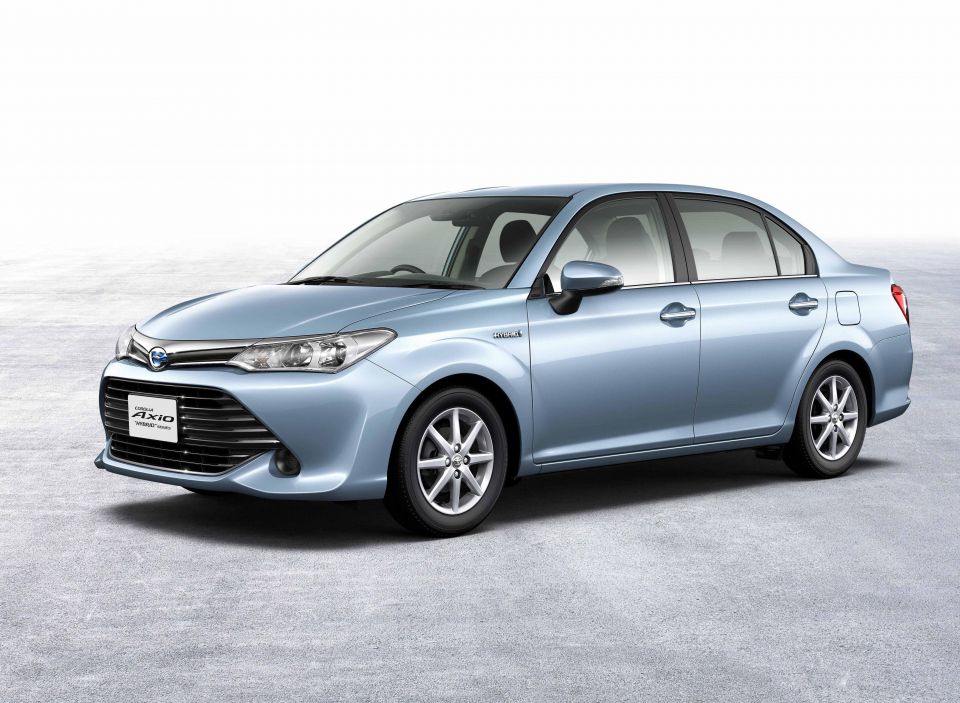

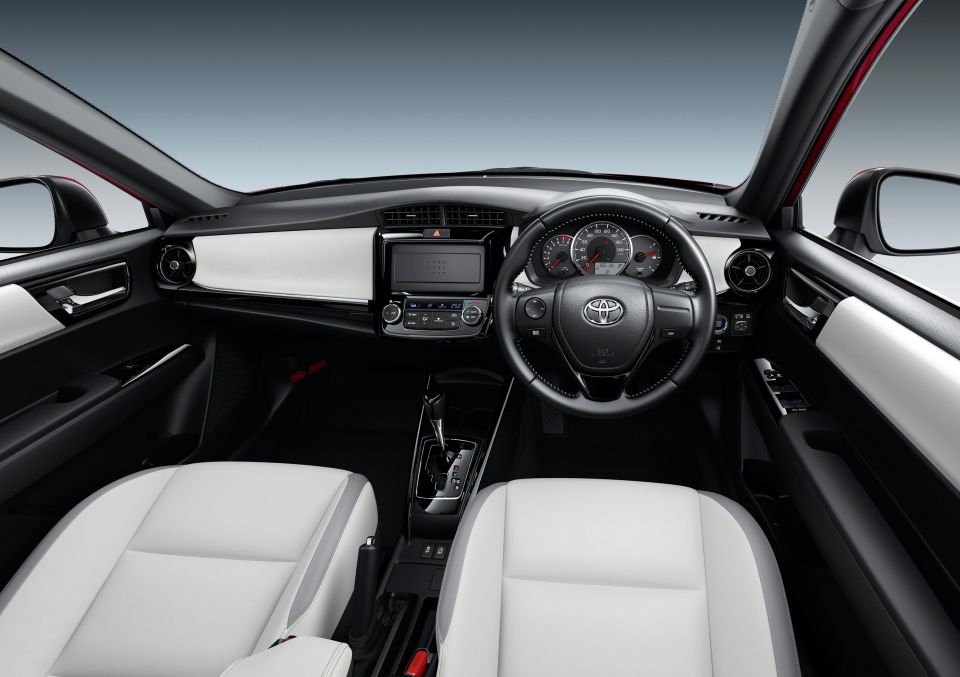
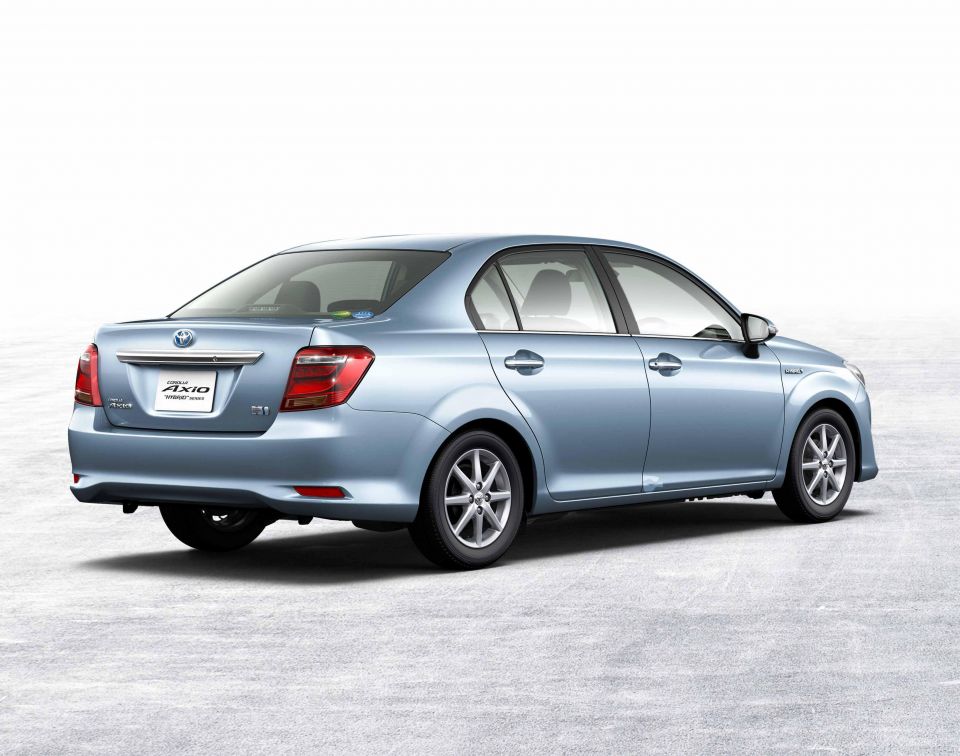
For the past decade-and-a-half, the Corolla sold in Japan has been shorter and narrower than the versions available in most other parts of the world.
Not only does this make the car better suited to the country’s narrow and tightly packed streets, but it also reduces the taxes and fees for buying and owning the car.
In 2012, Toyota took this concept to its extreme by basing the domestic version of the Corolla on the Yaris platform.
Fun fact: Toyota New Zealand sold this generation Japanese Corolla wagon as a new car because the larger European version was too expensive to import.
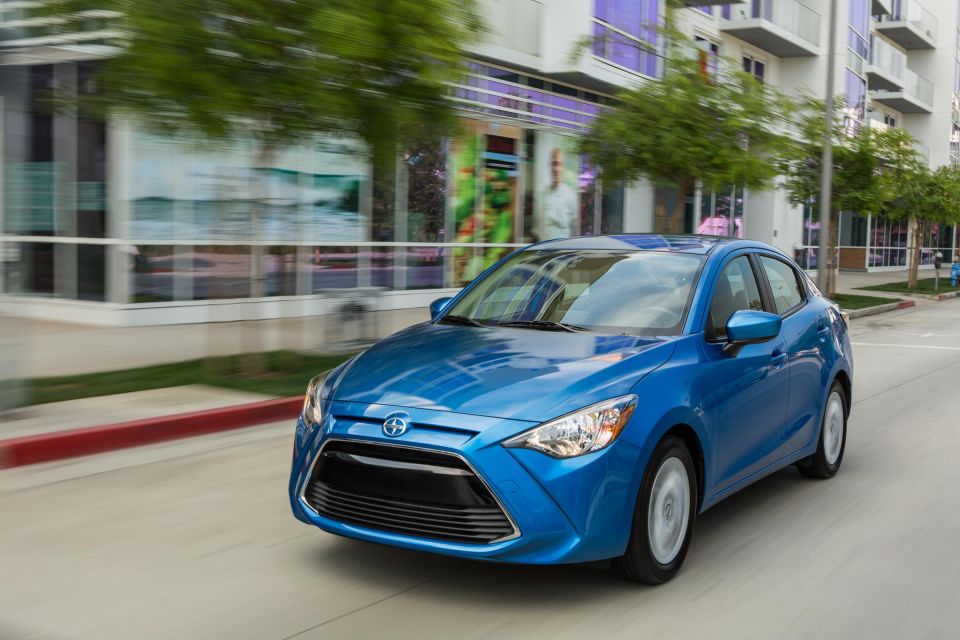
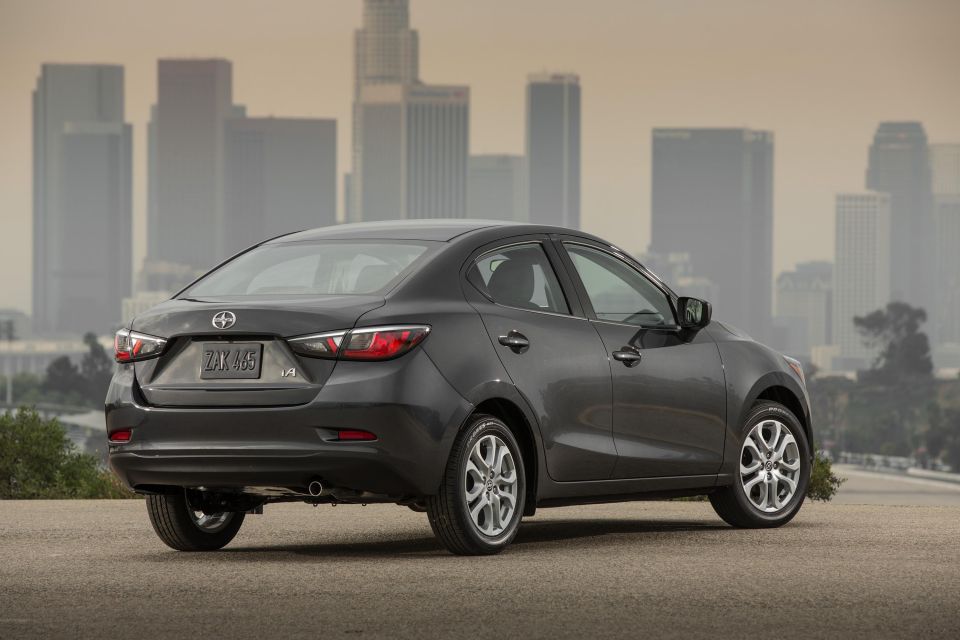
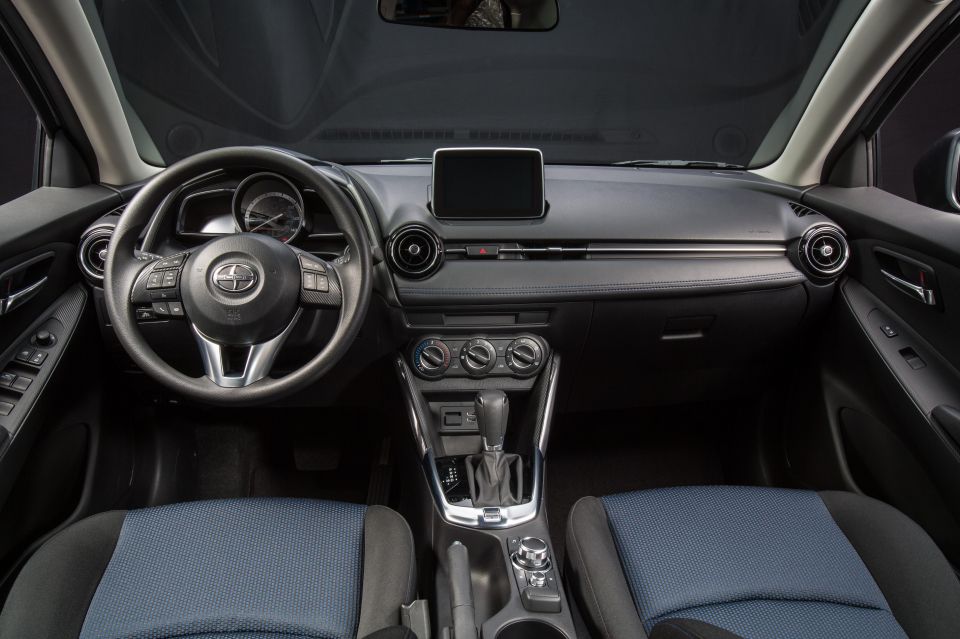
While the US sold the Yaris hatch from 2011, it added the Mexico-built Mazda 2 sedan to the Scion range as the iA in 2015.
The Scion badged model with its unique open-mouth grille was the only way to buy the Mazda 2 north of the Rio Grande.
When the Scion brand was shuttered in 2016, the model continued on as the Toyota Yaris iA and, later, just as the Yaris.

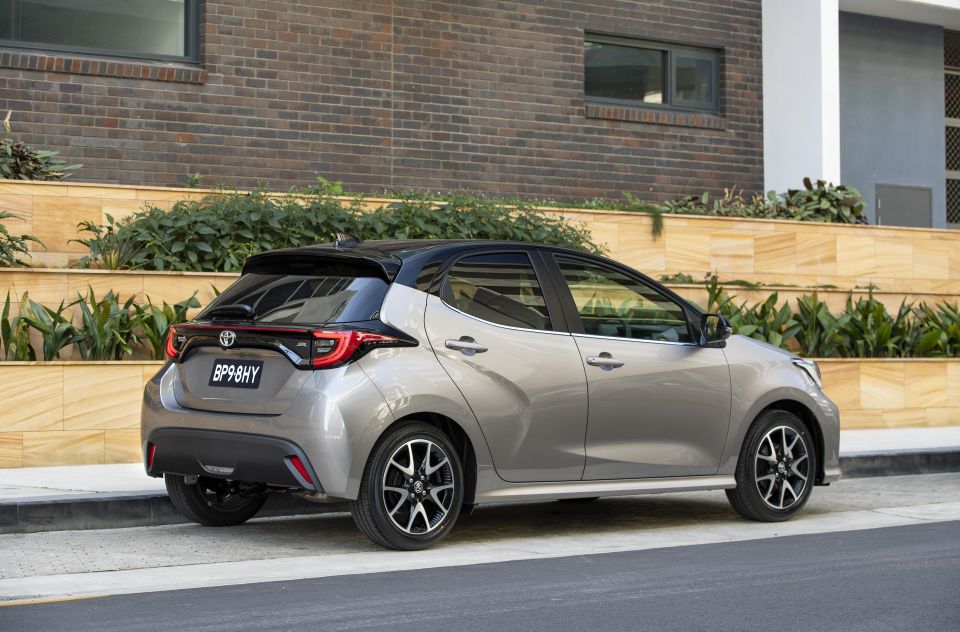
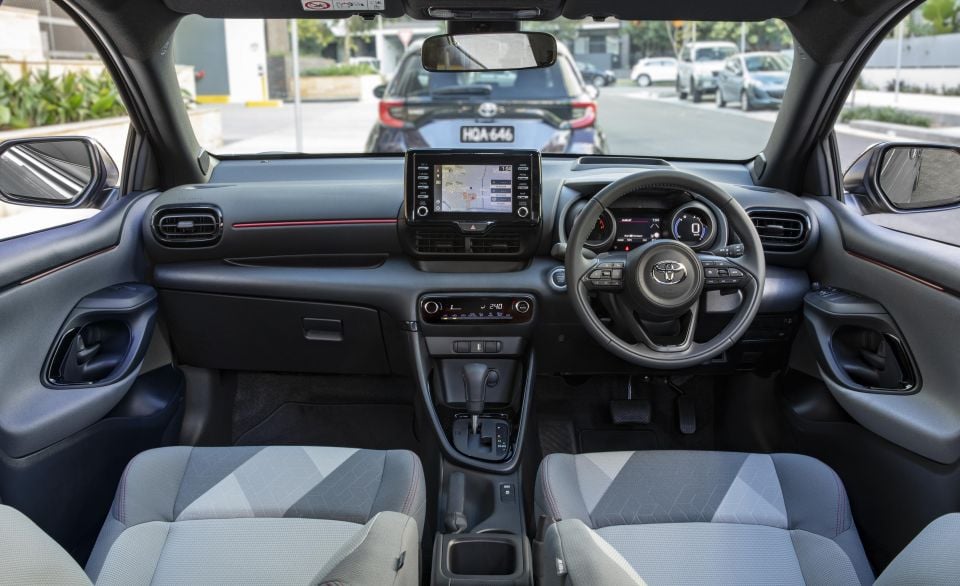
Dimensions: 3940mm long, 1695mm wide, 1505mm height, 2550mm wheelbase Engines: 88kW/145Nm 1.5-litre three-cylinder, 85kW 1.5-litre three-cylinder hybrid Starting price: $22,130
Well it’s here (finally), and it looks great … until you see the sticker price which isn’t far off the larger Corolla. Time will tell if Toyota Australia’s pricing strategy was a good move or not.
The addition of a hybrid variant means local dealers now have a successor to the Prius C.

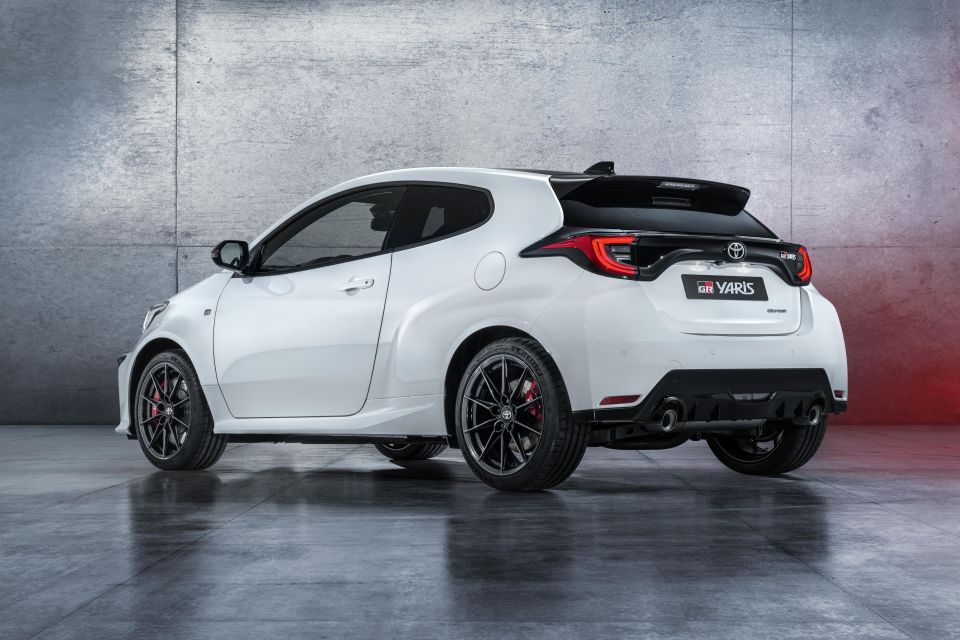
More excitingly the Yaris GR is coming Down Under.
The pumped three-door body talks the talk, while the 1.6-litre turbocharged three-cylinder walks the walk with 185kW and 350Nm directed to all four wheels via a six-speed manual.
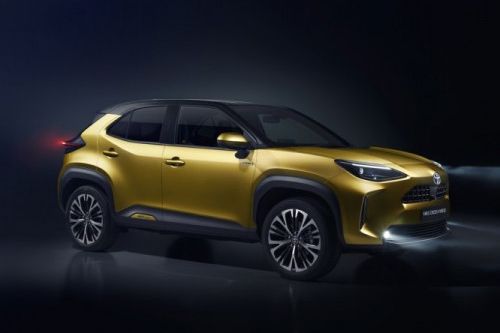

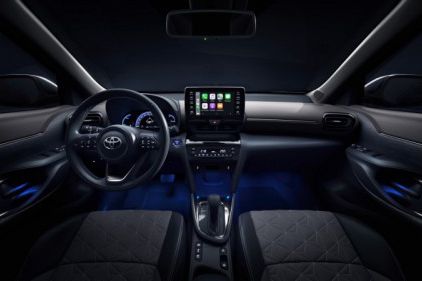
If the new Yaris hatch isn’t a success here, the Yaris Cross might find greater favour.
At just shy of 4.2m long and riding on a 2.56m wheelbase, it will be largest Yaris-badged model ever sold in Australia.
The new model will be the smallest offering in the company’s local crossover range, which will eventually consist of the Yaris Cross, C-HR, Corolla Cross, RAV4, and Kluger.
What’s your favourite Echo/Yaris? Let us know in the comments section below.
Where expert car reviews meet expert car buying – CarExpert gives you trusted advice, personalised service and real savings on your next new car.
Derek Fung would love to tell you about his multiple degrees, but he's too busy writing up some news right now. In his spare time Derek loves chasing automotive rabbits down the hole. Based in New York, New York, Derek loves to travel and is very much a window not an aisle person.


Max Davies
14 Hours Ago


William Stopford
14 Hours Ago


Derek Fung
15 Hours Ago


Max Davies
22 Hours Ago


William Stopford
2 Days Ago


Ben Zachariah
2 Days Ago